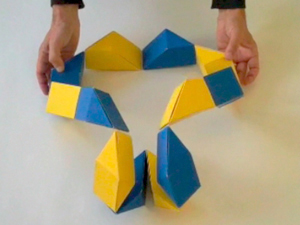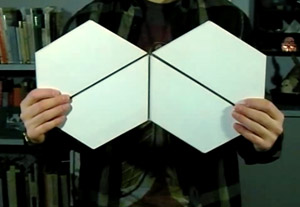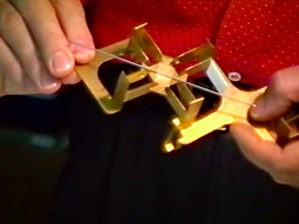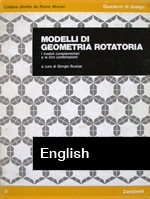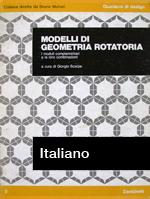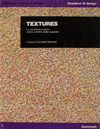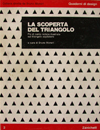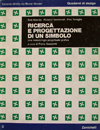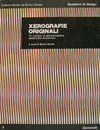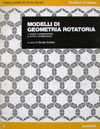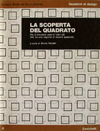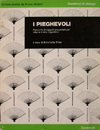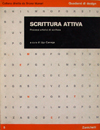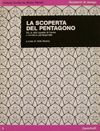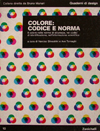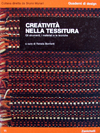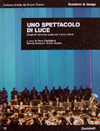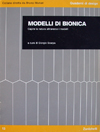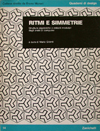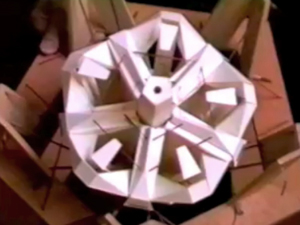
Bionic Model of Aristotle's Lantern
Video length: 1:12 | Video: Pino Trogu, 1994.
Leonardo Book Club: Live discussion with Pino Trogu, author, "Giorgio Scarpa's Model of a Sea Urchin Inspires New Instrumentation
Length: 58:30 | April 24, 2019.
Articles
Pino Trogu
Giorgio Scarpa’s Model of a Sea Urchin Inspires New Instrumentation.
Leonardo Journal, 52.2, 2019.
Free article download from MIT Press website: doi:10.1162/LEON_a_01384.
Citations
Filip Jelínek, Gerwin Smit and Paul Breedveld
Bioinspired Spring-Loaded Biopsy Harvester — Experimental Prototype Design and Feasibility Tests
Journal of Medical Devices 8(1), March 2014.
Frank, Michael B., et al.
A Protocol for Bioinspired Design: A Ground Sampler Based on Sea Urchin Jaws
Journal of Visualized Experiments (110), e53554, doi:10.3791/53554 (2016).
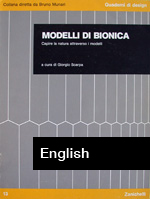
Download PDF of complete Bionic Models book. Unpublished English translation of Italian Edition: Modelli di Bionica, 1985.
Translated by Pino Trogu. 120 pages. File size: 38MB.
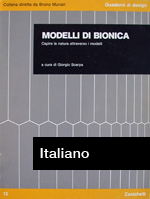
Scarica PDF completo del libro Modelli di Bionica Zanichelli, Bologna, 1985. 120 pagine. File size: 50MB.
